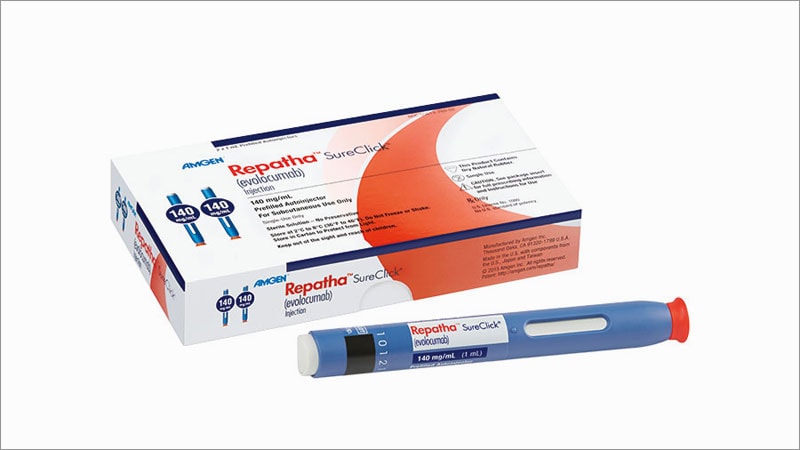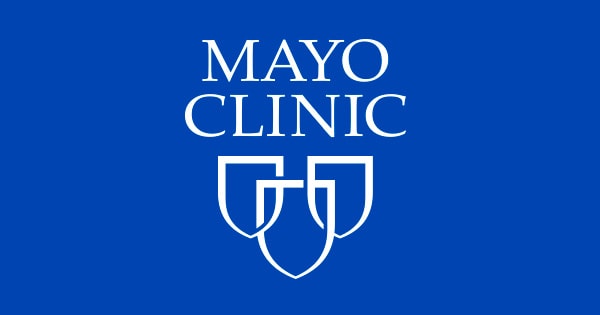With artificial intelligence starting to proliferate in healthcare, and getting a lot of attention thanks to recent developments like ChatGPT, it’s becoming critical that healthcare provider organizations understand the risks that come with AI and the subsequent need for oversight.
Thomas F. O’Neil III is managing director at Berkeley Research Group and previously Cigna’s chief compliance officer. He is an expert in compliance and AI issues.
We interviewed O’Neil to help people wrap their heads around what happens when they implement AI systems that require oversight.
Q. How would you characterize AI-backed reimbursements, and what are ethical considerations surrounding them? What do healthcare boards need to know?
A. AI-backed reimbursements are model-enabled reimbursement amounts that leverage large volumes of data to predict the expected payment. An example could be CMS switching Medicare’s fee-for-service methodology to use an algorithm and automate its rate-setting based on historical claims data.
CMS could even automate the rate-setting by region, city, etc., by factoring in local socioeconomic differences. But the attendant ethical considerations are very real. They include informed consent to use data, safety and transparency, algorithmic fairness and biases, and data privacy.
Separately, AI-enabled claims solutions can help streamline claims processing and reimbursement by automating repetitive but critical tasks to improve accuracy and enhance the quality of workflow. When designed properly and deployed appropriately, AI can mitigate the risk of errors in patient information entry or completing pre-authorization claims.
AI also can help predict claim denials by analyzing past trends and alerting key personnel of potential denials so claims can be corrected pre-bill. These can be important tools in the compliance officer’s toolbox, leading to both streamlined operations and improved relations with government regulators and enforcement agencies.
“A board or governing body is responsible for overseeing the organization’s strategic initiatives and risk management program. AI-backed reimbursements and AI-enabled claims solutions straddle both of these dimensions.”
Thomas F. O’Neil III, Berkeley Research Group
A board or governing body is responsible for overseeing the organization’s strategic initiatives and risk management program. AI-backed reimbursements and AI-enabled claims solutions straddle both of these dimensions.
To fulfill their fiduciary duties, board members must be adequately informed and sufficiently educated about their organization’s deployment of AI in reimbursement or claims processing. Incisive reports from, and robust dialogue with, the senior leadership team is vital.
According to Harvard Business Reviewa board should retain an outside expert as an advisor if it lacks experience in overseeing or deploying AI. An emerging best practice for healthcare boards may be to fill at least one board seat with a person experienced in overseeing AI consumer products, whether in the healthcare sector or others.
Q. What’s next with hospital price transparency, and how can health systems stay compliant? How can health IT help?
A. Hospital price transparency became effective January 1, 2021. The regulations require hospitals to make their standard charges public with a shoppable, consumer-friendly display of at least 300 medical services.
Additionally, hospitals must make standard charges public with a comprehensive, machine-readable file. CMS assessments of hospitals’ websites in 2021 and 2022 revealed that recent regulations, while effective – as evidenced by substantial progress in consumer-friendly displays, machine-readable files and successful implementation of both – still can be improved.
Moving forward, hospital price transparency will allow patients and their families to shop for optimal care that is more affordable. Patients and their families can analyze negotiated charges and discounted cash prices for the same items and services across hospitals, thereby identifying potential savings.
CMS is continuing efforts to ensure hospitals comply with transparency requirements by hosting listening sessions to learn from patients and their families the most impactful ways to display information, standardize the reporting of price transparency information, and make machine-readable files more accessible.
There is no question that price transparency has generated a new spectrum of compliance risks for health systems. The price transparency regulations contain a dizzying array of very specific requirements that health systems must display to the public.
Health IT can aid health systems’ efforts in price transparency by creating easy-to-use software design within electronic health records. Software that is reliable and effectively integrated will not only increase compliance with price transparency requirements, but also empower providers and participants to find the most cost-effective options for treatment.
Q. You suggest audit committees are overwhelmed. What are some tips for how they can streamline compliance processes in healthcare, especially ones involving health IT?
A. Historically, many healthcare boards delegated to their audit committees the lead responsibility for overseeing the organization’s compliance and ethics programs. That is because audit committees typically oversee the enterprise risk management program.
As stakeholder expectations have become more complex and rigorous, and the workloads of audit committees have become more demanding, many boards have decided to form compliance and ethics committees or subcommittees. Health system boards have likewise formed quality of care committees. In my view, oversight of AI is facilitated by these governance models.
Against that backdrop, board audit committees simply must stay informed. They must receive sophisticated, incisive reports from senior management regarding the deployment of AI technology in compliance processes and related billing and claims processes.
They also should consider adding learning and development opportunities to enrich their directors’ understanding of AI and how it can be utilized in healthcare. As this technology continues to develop and evolve, the best way to oversee it is to understand it as well as possible.
Follow Bill’s HIT coverage on LinkedIn: Bill Siwicki
Email the writer:bsiwicki@himss.org
Healthcare IT News is a HIMSS Media publication.
Note: This article have been indexed to our site. We do not claim legitimacy, ownership or copyright of any of the content above. To see the article at original source Click Here














